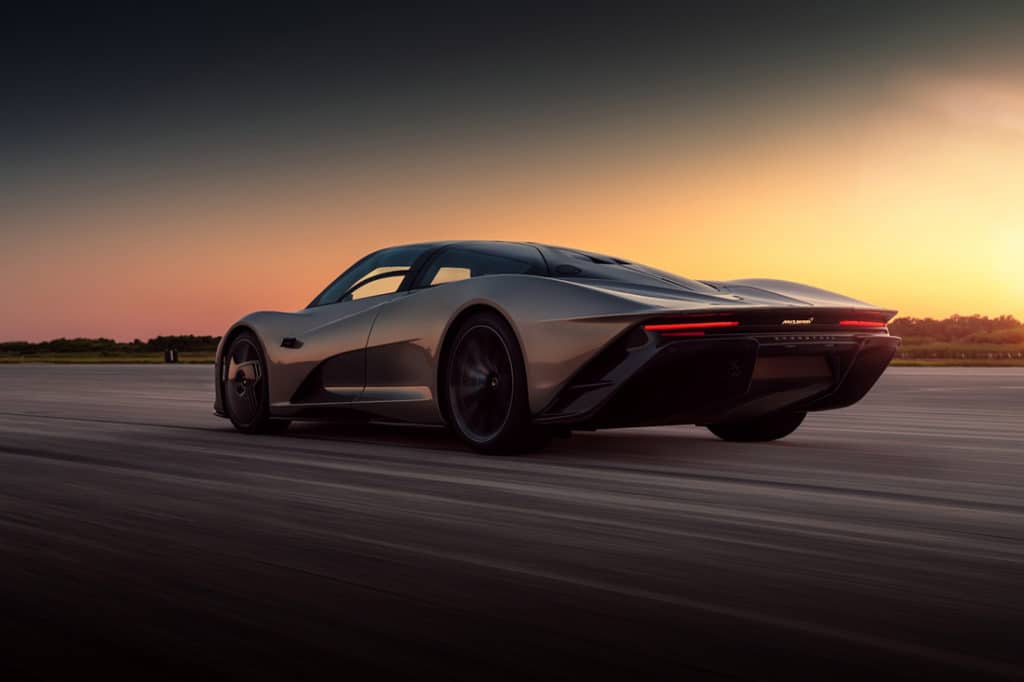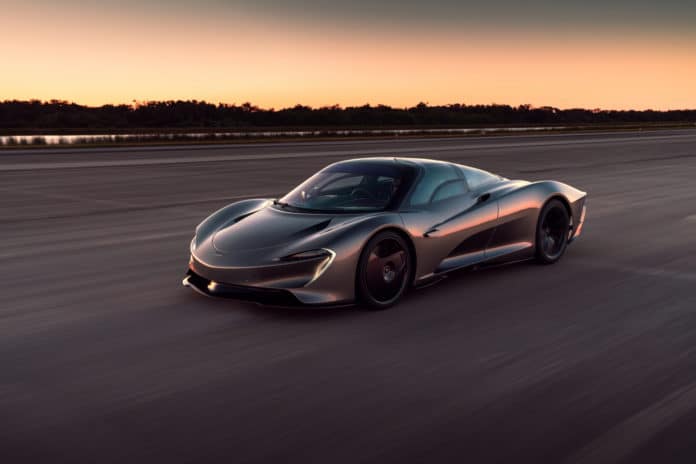It’s been more than a year and a half since the presentation of the new McLaren Speedtail – the brand’s most expensive and fastest production car, which has already begun to be delivered to customers – but since then it has never been detailed what is hidden “under the hood.” At the time of launch, the company said that additional information would be provided in half a year, but didn’t keep this promise. Better late than never, the company has finally published interesting details about the McLaren Speedtail hypercar.
McLaren‘s hybrid Hyper-GT had completed high-speed validation tests in the United States and reached its maximum speed of 403km/h (250mph) more than 30 times. The secret behind this performance is a combination of attributes, including aerodynamic excellence and low vehicle weight, delivers the hybrid Hyper-GT’s astonishing performance.

The Speedtail embeds the M840TQ powertrain, which comprises a 4.0-liter internal combustion engine and an electric drive unit, allowing it to develop up to 1,055 hp and maximum torque of 1,150Nm. This allows it to accelerate from standstill to 300km/h (186mph) in a breath-taking 13 seconds and a maximum speed of 403km/h (250mph). A new lightweight air-intake system, improved cylinder head cooling, and a revised piston design contribute 757PS and 800Nm of ‘traditional’ petrol-powered output to the Speedtail.
McLaren took advantage of its involvement in Formula E, where it is a supplier of batteries, to exploit these technologies and develop an electric motor of more than 230 kW, whose installation and cooling are perfectly optimized. Power delivery is 8.3kW/kg, which is twice the efficiency of an average sports car. Besides, the team has integrated ground-breaking motorsport-developed inverter and DC/DC converter technology into the electric drive system, ensuring the levels of control and power management required for the hybrid Hyper-GT.
And the most interesting feature of the hybrid system was a very light traction battery with a capacity of only 1.65 kWh. The power density of this battery is four times that of the unit in the McLaren P1, providing 5.2kW/kg and output of 270kW.
Finally, the integration of the batteries allows the Speedtail to achieve its maximum speed by intelligent energy deployment, thanks to a cooling system permanently immersed in a lightweight, electrically insulative oil that quickly absorbs the heat of the cells. This system is the first of its kind in a production road car, highly efficient, and allows the cells to run harder and for longer.
